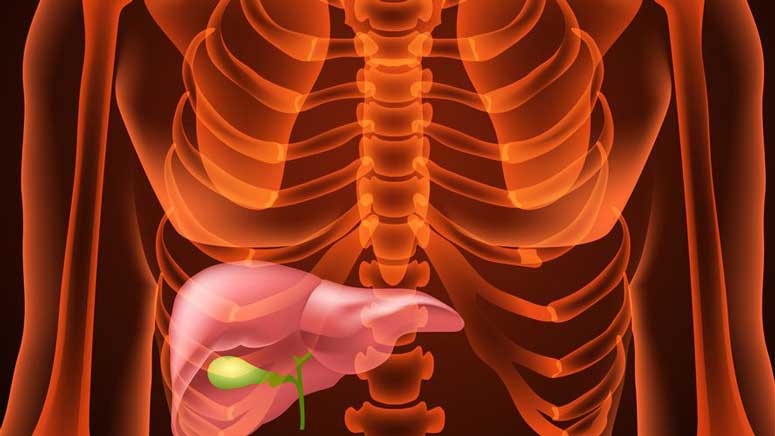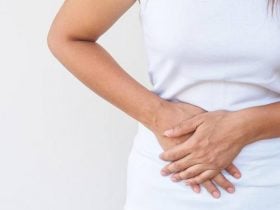Overview

The gallbladder is a small organ that is located below the liver and it serves as a storage for a green liquid known as bile that is produced by the liver. On an empty stomach, the GB has the size of a small pear, but after eating, it becomes empty and flat, like a deflated balloon. There are a few problems that can develop with this organ, which could be minor or deadly. Gallstones are hard particles [1] that form from digestive fluids. These gallstones can block the tube leading out of the organ, causing cholecystitis. This condition causes bile to build up in the organ, which leads to swelling or inflammation.
A gallbladder attack [2] is usually accompanied by a sudden and sharp pain that tends to worsen over time. This abdominal pain may start in the upper right or the middle of your stomach and is usually causes a sudden gnawing pain that gets worse. This pain can radiate to your shoulders and back. Other common symptoms of a GB attack include nausea, vomiting, shakes (chills), high temperature (fever), jaundice, diarrhea, and a change in stooling and urinating patterns. The episode usually lasts for twenty minutes or up to an hour.
These symptoms [3] can be mild or severe, and in any case, where it fails to subside after an hour, it is best to visit your doctor immediately.
Although nothing can be done to put an end to a GB attack, there are few ways to prevent an unhealthy gallbladder. The pain is a result of the stones trying to pass through the organ, so it tends to subside once it has successfully passed. Another GB condition and one of the most serious ones is when the organ ruptures.
Here, the wall of the gallbladder is unable to hold the gallstones any longer, so it weakens and bursts. An inflamed gallbladder is at a high risk of getting ruptured. Inflammation can be due to the accumulation of gallstones that have gotten stuck inside the gallbladder. Swelling can also be due to an infection, which can also cause leakage.
Although an unhealthy gallbladder can happen to any age group or sex, it is most common in middle age and elderly women. To summarize what puts one at risk of this disease, there is a list (known as the 5 Fs) for the development of gallstone disease.
-
- Females – They tend to suffer gallbladder problems more than men.
- Fertile – Ladies in the childbearing age or with one or more children are susceptible due to high estrogen levels.
- Fat – Obese women are at significantly high risk.
- Fair – Reports have shown that GB problems are more common among white women.
- Forty – Women above the age of forty are susceptible because they are usually in the perimenopausal stage.













